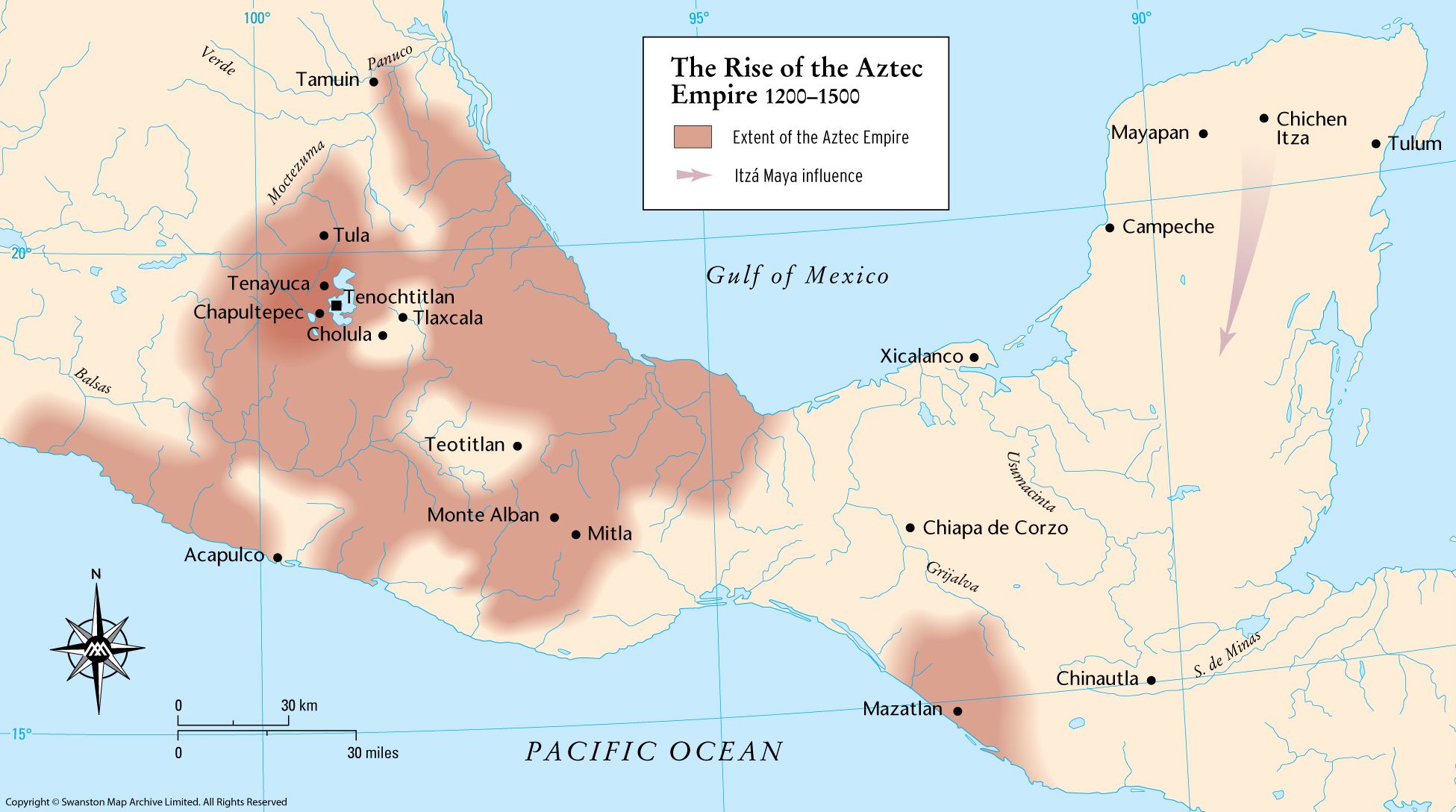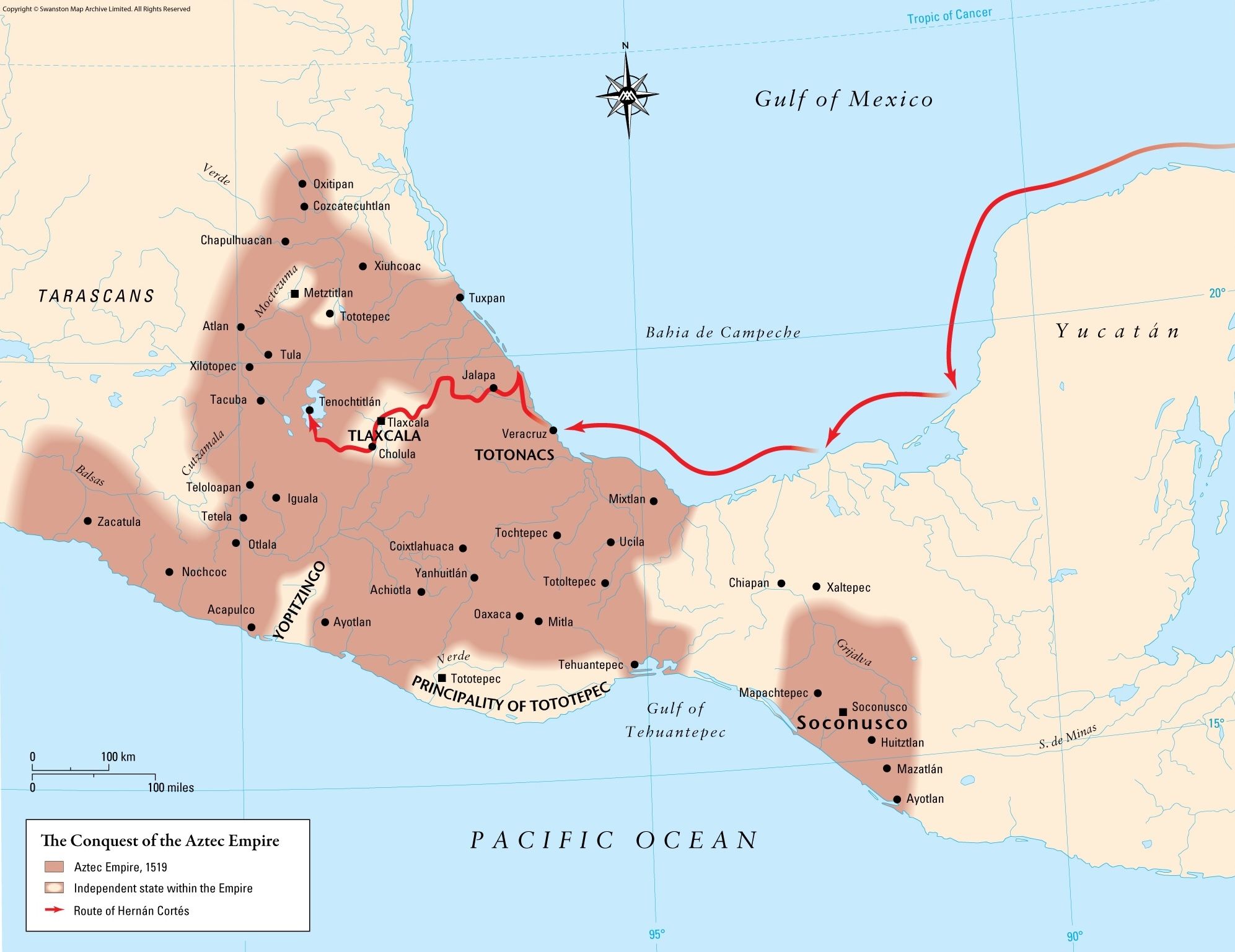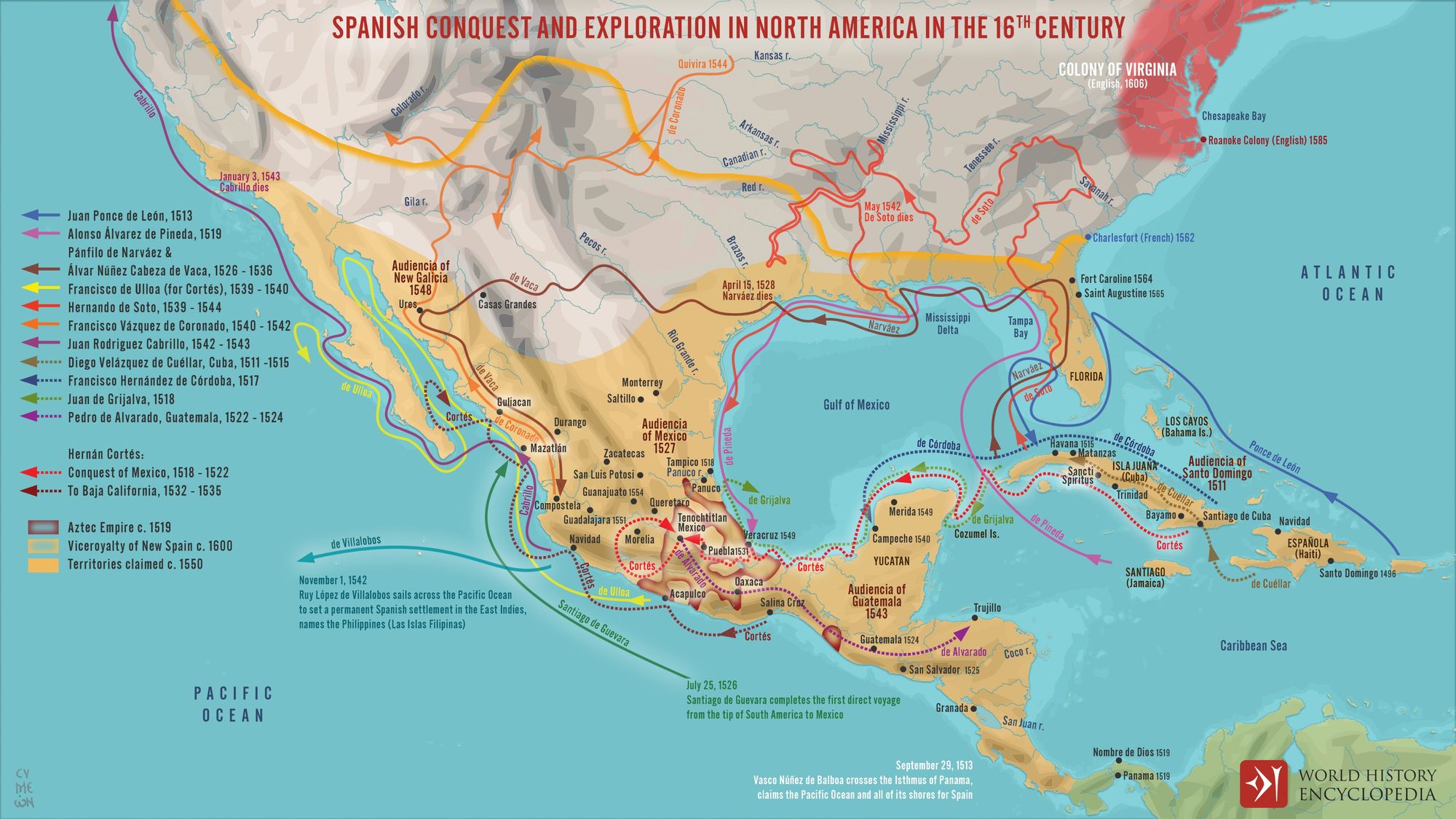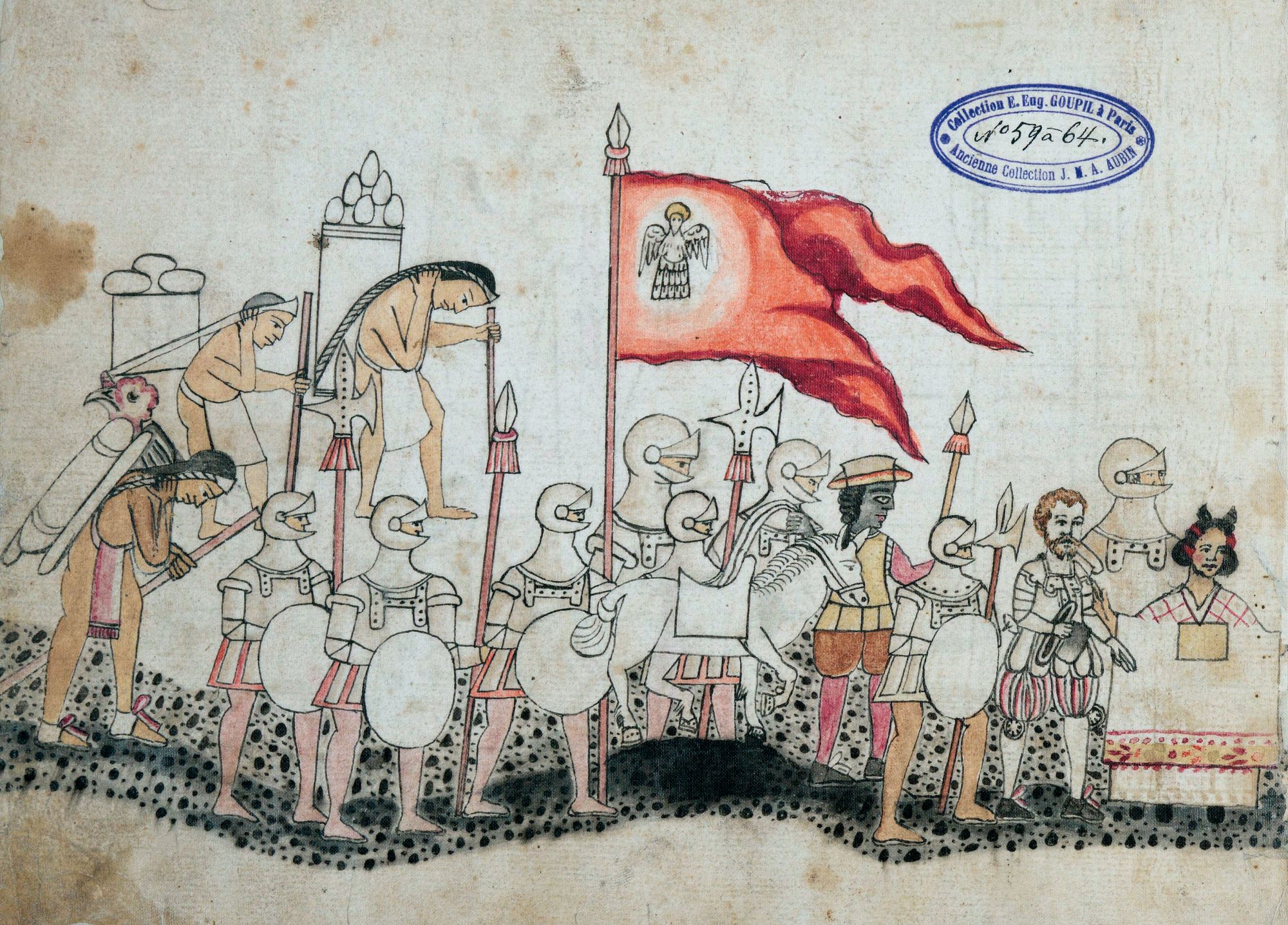“We Will Follow That Which Our Ancestors Followed”: Indigenous Agency and Navigating the Changes in Sixteenth-Century Mesoamerica
A discussion about teaching the agency of Indigenous Americans in sixteenth-century Mesoamerica.

Mesoamerica in the first half of the sixteenth century was most likely a challenging place to live for its Nahua inhabitants. In 1519, Hernán Cortés and about 500 soldiers arrived at the coast near present-day Veracruz. Within three years, Spanish soldiers and their Indigenous American allies had conquered the Mexica (Aztec) capital of Tenochtitlan. The Mexica state had been a tributary system tying together different Nahua groups, and the arrival of the Spanish was the impetus for thirty years of profound political, cultural, economic, and social changes. How did the Nahuas make sense of those changes?


World history textbooks tend to frame the events in the previous paragraph as the Spanish conquest of the Aztec Empire. The focus is often on how relatively few Spaniards conquered a much larger empire and expanded throughout Central America. Other “conquistadors” might be mentioned, and you get maps like the one below with many arrows showing where and when they conquered. (If you want to know more about the problem with calling it “conquest,” check out my earlier post on the topic.) Textbooks usually highlight how Indigenous American allies made Spanish conquests possible. Rarely do textbooks focus on who the Nahua were and how they perceived and understood the events around them.

We can begin rethinking how we teach “the conquest of the Aztecs” by having students explore Nahua choices in a changing world. Instead of seeing Nahuas as the newly conquered subjects of the Spanish, we can see them as individuals making different choices in the first half of the sixteenth century and demonstrating their agency.
Making Sense of Malintzin’s Choices

This content is for Paid Members
Unlock full access to Liberating Narratives and see the entire library of members-only content.
SubscribeAlready have an account? Log in



